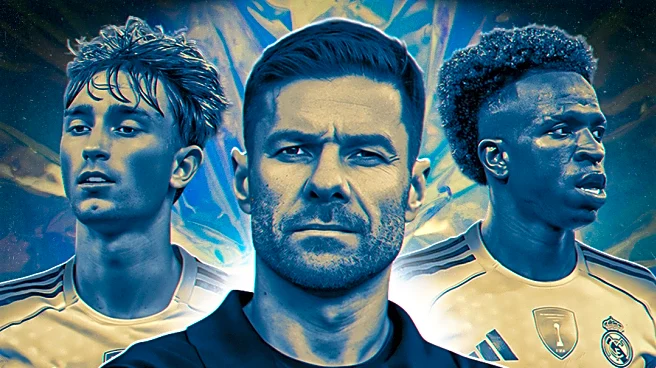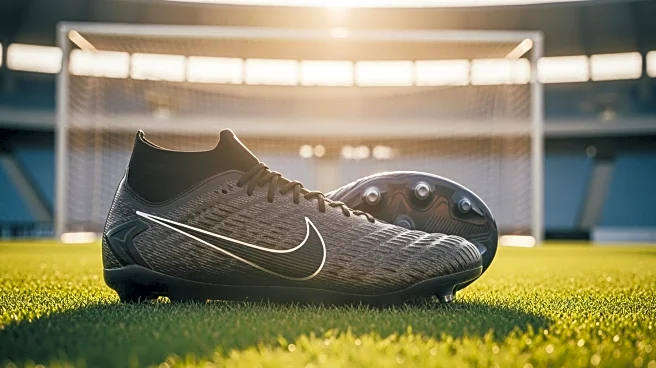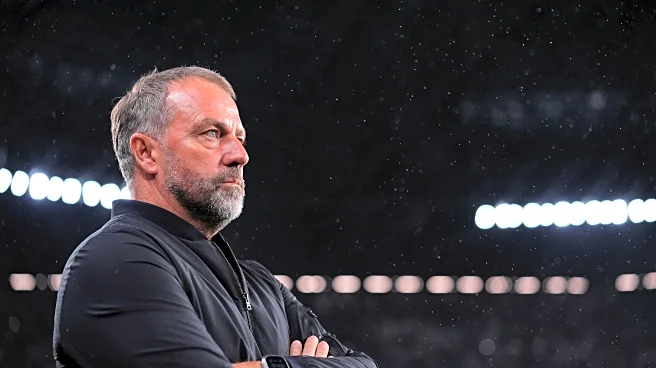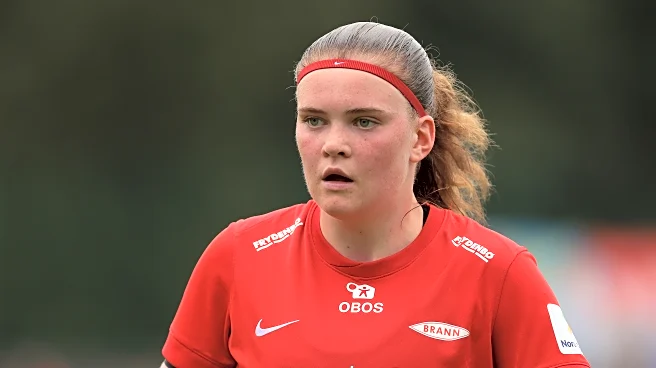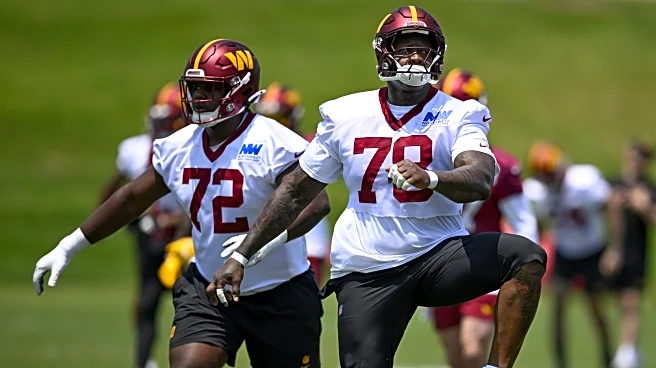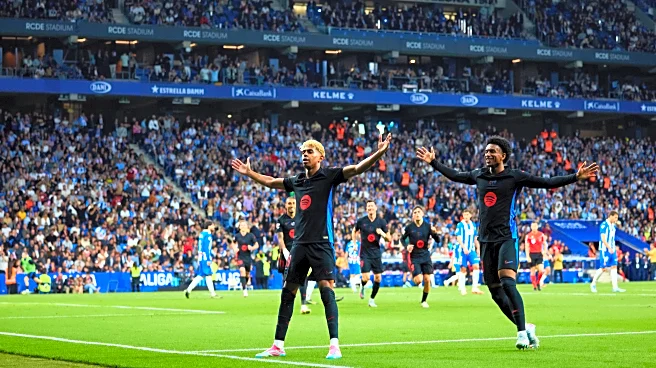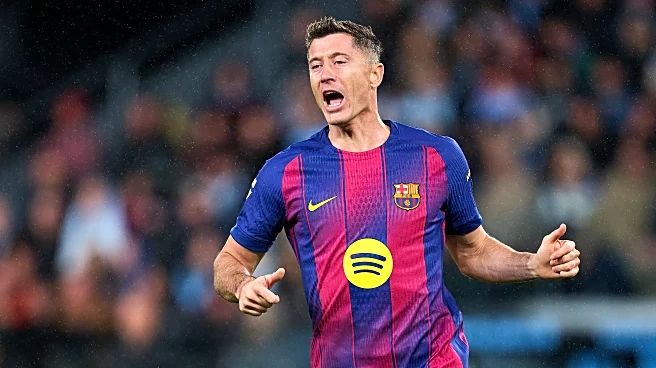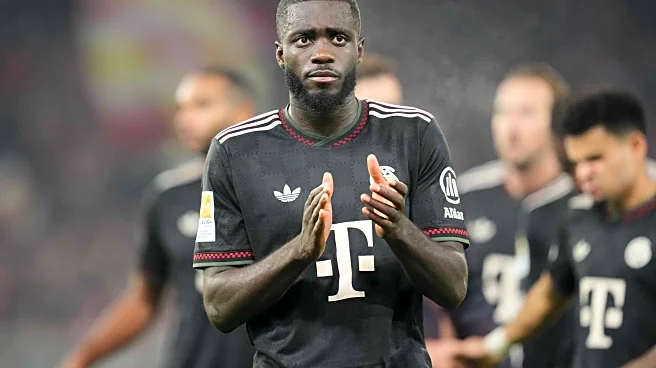These observations — where I look at Real Madrid’s history, its players on loan, Castilla, tactical tidbits, and other relevant thoughts — are now a regular thing. All previous editions can be found here.
Happy international break. Cutting the usual 10 observations down to four this week. Let’s check in on Real Madrid’s press, Fede Valerde’s best position, Dean Huijsen chilling, and Vinicius (plus surrounding offensive movement).
1. The Press: All of Alonso’s hard work paying off — but not in every game.
It has really only been a few months, but it has felt like a longer journey.
Xabi Alonso has always wanted his teams to impose their will — to be proactive, and not reactive. He wants Real Madrid to control the game, to suffocate opponents, to pin them into submission. He wants his opponents paralyzed — too stunned to escape pressure.
Real Madrid allow 8.9 passes per defensive action this season in La Liga. A jolt from last season’s more conservative 11.11.
That’s a big jump. Especially for a team that doesn’t have pressing baked into its DNA. How much will Alonso rewire the team’s identity, not just now, but also the future. It’s an interesting metric to track.
What separates Alonso from other high-pressing coaches such as Hansi Flick is that he’s not hellbent on Plan A and Plan A only. He is more versatile, and is more than comfortable asking his teams to hold a mid-to-low-block. Winning Champions Leagues requires adaptability. Real Madrid has always been a tactically adaptable club. Hence why they win more than anyone. That kind of mentality is much more difficult to scout and prepare for.
Ironically, this is also one of the criticisms he faces: He is perhaps too conservative in big games. Most recently against Liverpool, he sacrificed final-third entries for possession-based football to be less risky against a team like Liverpool.
Alonso’s Real Madrid have worked hard at their press over the last few months, both in training and in matches. It came together most evidently against Barcelona on October 26th, where, in the first half, the team churned in probably its best pressing half in years:
Watch the hunt carefully. Everyone is on the same page. When the team wins the throw, they lose possession briefly, and win it again immediately. This is the most dangerous version of Real Madrid — hungry, united.
The below sequence was immediately following Real Madrid’s opening goal against Barcelona. They wanted the ball back right away, with no breathing room to spare for their opponents:
As always, what matters most is that the team brings this kind of intensity against the most elite teams. They failed to match the intensities of Atletico Madrid and Liverpool away respectively. Will that improve? Were those learning points? There’s still lots of work to do. The floor of team is higher than last season. The ceiling remains uncertain.
2. Dean Huijsen, too chill
Maybe the bar was set too high initially and the pressure mounted. Dean Huijsen had a breakout season with Bournemouth as a ball-playing center-back who was reliable defensively. In the Club World Cup with Xabi Alonso’s new-look Real Madrid, he was one of the stars of the tournament, slinging passes like he was the center-back version of Toni Kroos.
SUBSCRIBE: The Managing Madrid Podcast on YouTube
Huijsen is completing 84.4% of his passes. That puts him in the 23rd percentile among center-backs. Passing percentage, in a vacuum, can be meaningless. Center-backs are often under pressure and have to kick it long. But it can also be a barometer of how risk-averse you are. For contrast, Raul Asencio is at 95.2%.
Part of it is that Huijsen is an uncompromising vertical player. He is sometimes too confident (too chill?) in pulling off passes. He risks passes into the final third (and ranks fifth in La Liga in said metric), but while pulling off several, he also costs the team throughout the campaign. His passing let the team down at both Anfield and the Metropolitano against Liverpool and Atletico Madrid respectively. But it’s happenning in ‘smaller’ games too.
Those passes look largely innocent. But the margins are razor thin against the elite, as we’ve seen.
You don’t want to force a pass and see Manchester City on the ends of these transition attacks instead of Valencia:
Huijsen is still one of the most promising center-backs in the world. You won’t see this author jump the Huijsen ship. But he will need to learn when to make the dagger pass and when to make the safe pass. He’ll need to lock in against teams with high intensity who know he starts sweating when pressure hits.
Would it be harsh for him to come off the bench at times? The two most in-form center-backs on the team are Eder Militao and Raul Asencio.
3. Appreciating Fede Valverde’s right-sided ability
It was a rough start to the season, on an individual level, for Fede Valverde. In Alonso’s scheme, he sat a bit deeper, behind the initial line of counter-pressing, and was asked to help Aurelien Tchouameni disrupt transition attacks.
But Alonso’s press was so efficient early on, Valverde was barely seen, and was hardly even asked to be called into action. The lack of involvement seemed to effect the rare moments he had, as it seemed he lacked rhythm.
Injuries to Dani Carvajal and Trent Alexander-Arnold, in some weird twisted way, turned Valverde’s season around. The Uruguayan was forced to play right-back, and, whether he likes it there or not — he’s unbelievable there. Valverde has the ability to provide overloads high up the pitch, but has the lungs and hunger to sprint back into transition when needed:
Valverde is a reliable 1v1 defender, and can think quick to escape pressure to the get the team up the field:
Trent and Carvajal are back. Real Madrid still don’t know exactly who their right winger is. Alonso should try Valverde in the Franco Mastantuono role.
4. The Vinicius / Xabi-ball marriage
Vinicius is a soul-snatcher; a savant in humiliating defenders. When he’s in his element, it feeds into the team’s offensive momentum. But when his offense isn’t flowing or he’s not winning his wing-back duel, it can have counter-consequences. Teammates look idol waiting for the ball, or get looked off making an off-ball run. Vinicius can lose possession in dangerous areas.
I don’t think Vinicius is a net negative, generally speaking. He’s such an offensive supernova at his peak that you live and die comfortably with his losses in possession. He has worked hard defensively this season, and that’s an incredibly important trait to have. But you can never stop improving and sharpening your sword.
But a lot of Vinicius’s good and bad this season is magnified because of his strained relationship with Xabi Alonso. Alonso wants offensive structure. He wants quicker ball movement. He wants quick combinations. Vinicius is a Ballon D’or level player, but sometimes he wants to take the same player on more than once — when once was all it needed.
Vinicius has the ability to play deadly balls into the box. His outside-of-the-boot passes are second only to the great Luka Modric. Alonso wants to unlock that version of Vinicius more than anything. Vinicius wants total offensive freedom.
There is a middle ground somewhere, but it has to line up with the good of the entire team. Teammates need to be on the same page as Vinicius, and Alonso needs to have control over the scheme to implement what Real Madrid hired him to implement.
The ‘iso-ball’, for lack of a better football term, can be problematic if Vinicius isn’t winning the duel against his wing-back, but is insistent on continuing the same madness that is prolifically failing in a given game. That’s what happened against Liverpool. His 20 losses in possession at Anfield killed the team.
But it’s not all his fault, there needs to be more cohesive movements and verticality from the whole team. Alonso opted for conservative possession-based football against Liverpool, abandoning what worked at the Bernabeu against Barcelona. Real Madrid still don’t have someone in the box regularly enough to capitalize on what the creators are cooking up. One game later in Vallecas, Mbappe made several surgical off-ball runs without receiving the ball.
Liverpool and Rayo Vallecano, most recently, found it easy to stop Real Madrid’s predictable offense: Watch the ball go to Vinicius on the wing, send help defense, steal possession. That problem gets compounded if surrounding players aren’t making the right off-ball runs to command gravity from defenders.
Some of his dribbling is technically brilliant, but you ask yourself — how does it benefit the team? Sometimes it does, sometimes it doesn’t. Where Alonso sees potential to flesh out kinks, Vinicius sees a cap on his offensive freedom.

